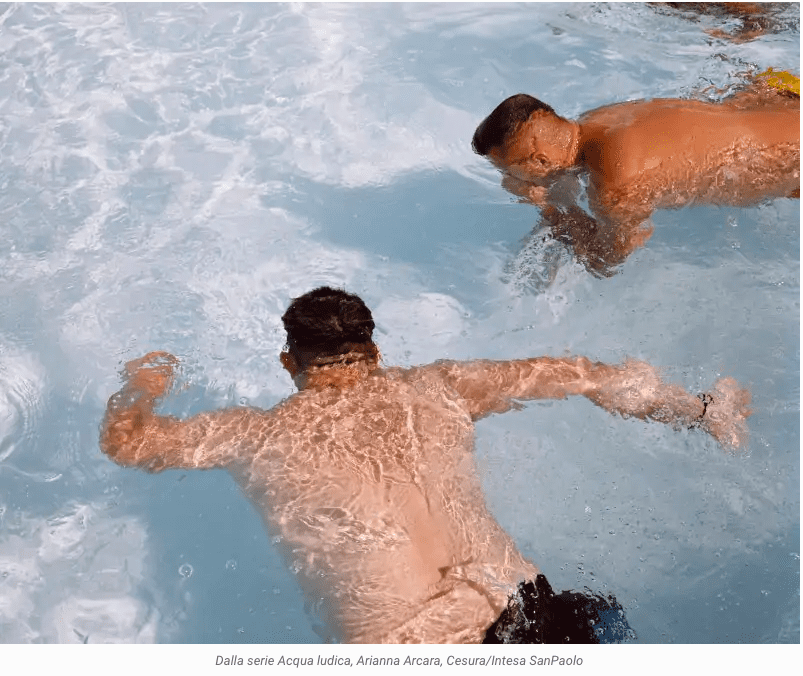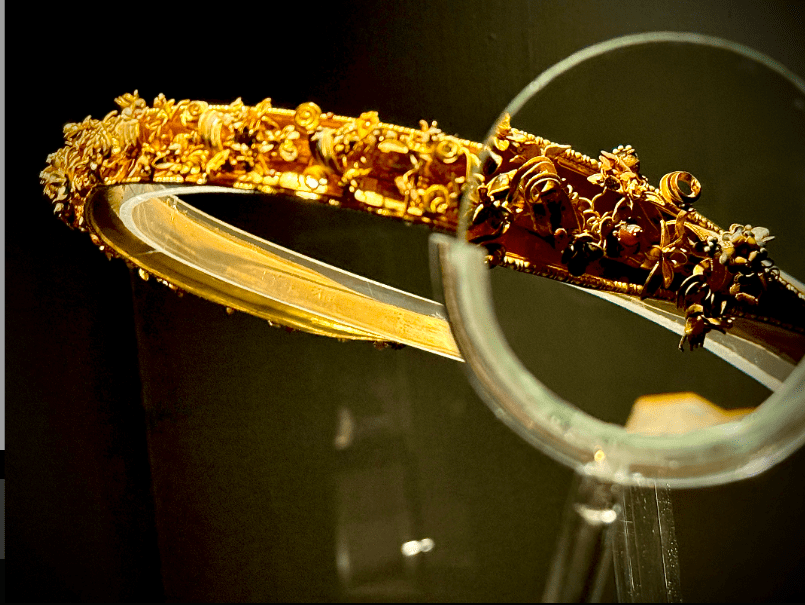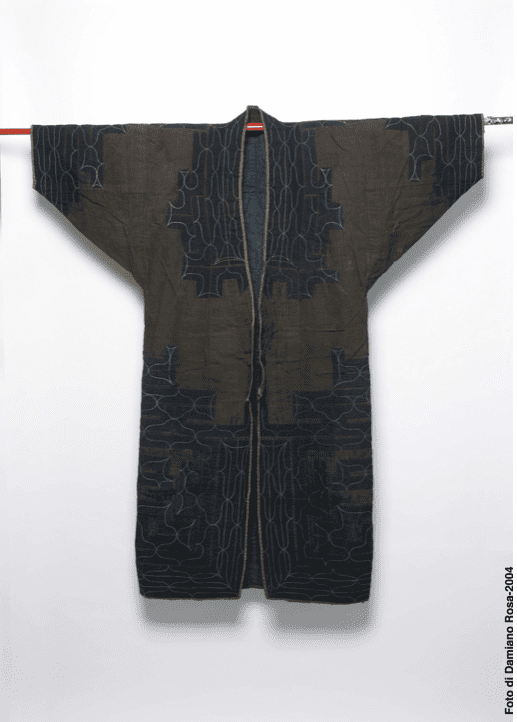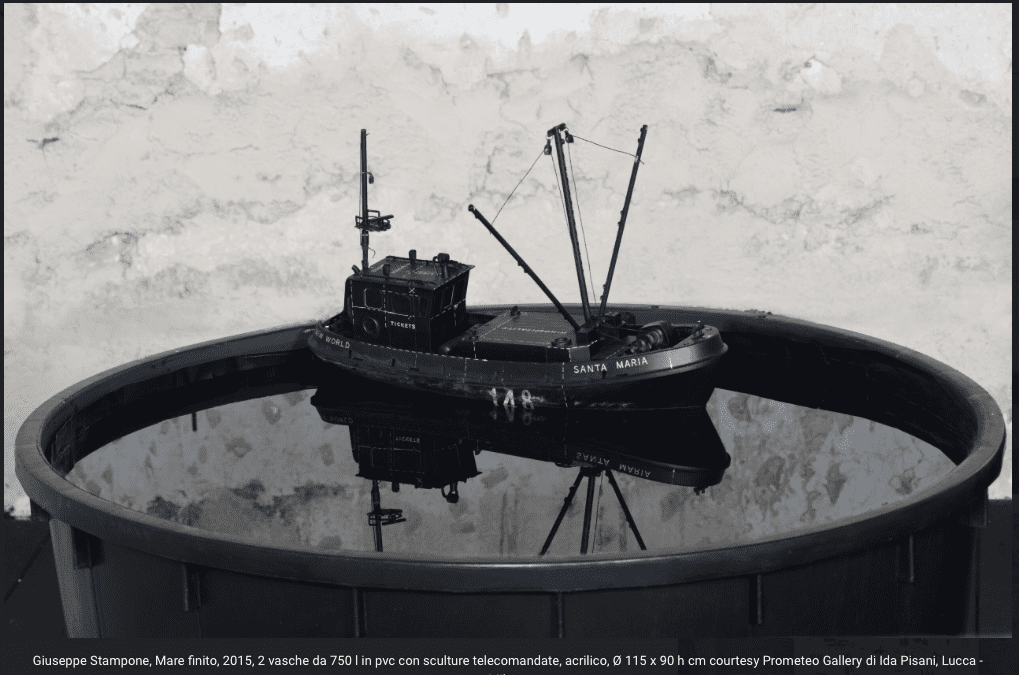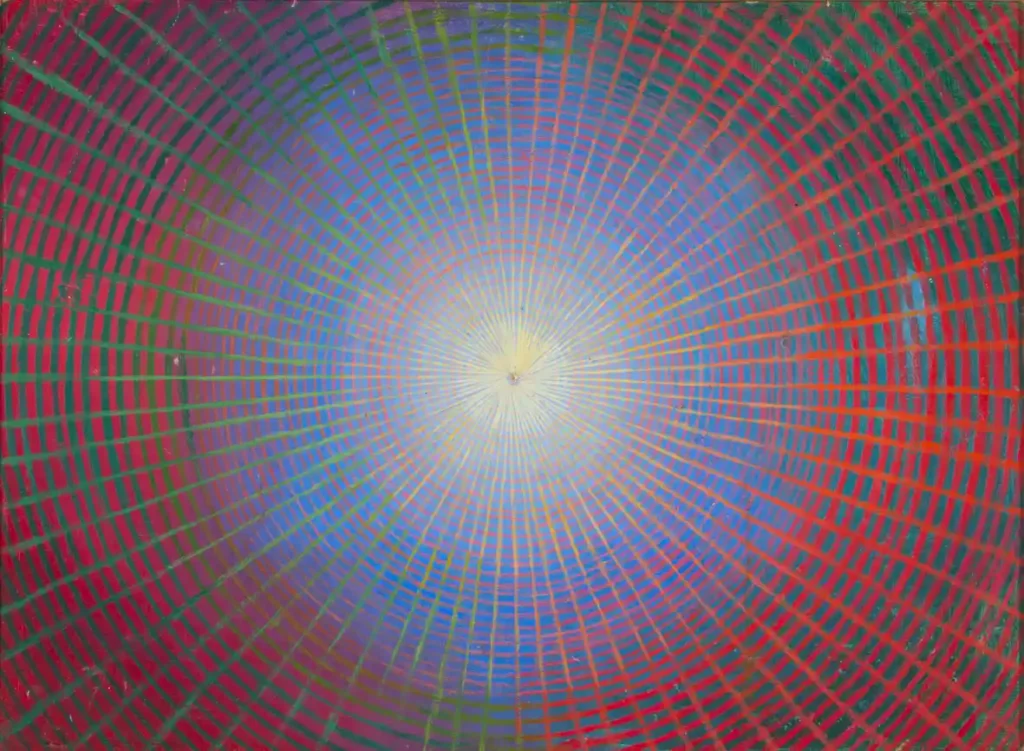
Palais de Tokyo this year extensive programme of exhibitions is centered on artists’, poets’ and philosophers’ reflections on the physical, moral and political factors that shape our world.
Over the course of a season, Palais de Tokyo will present over ten proposals or exhibitions inspired by André Breton’s sentence about Giorgio de Chirico: “L’artiste, cette sentinelle sur la route à perte de vue des qui-vive” (“The artist, that sentinel on the endless road, always on the lookout”).
As far back as Goya, if not further, modern and contemporary artists have attentively examined the state of reality. They often depict the landscape of our anxieties – dread, alarm, revolt, utopia – and suggest poetic ways of transforming the present.
New exhibition formats stem from these observations, innovative to the extent that the word “exhibition” may no longer apply. Thus, some significant events will see Georges Didi-Huberman and Arno Gisinger transpose the theme of lamentation into the language of film, inspired by Aby Warburg’s Mnemosyne Atlas; a selection of works from the remarkable collections of the Centre National des Arts Plastiques dedicated to intangible creations; Gérard Wajcman and Marie de Brugerolle reflect on the theme of the fall, from the Berlin Wall to the Twin Towers; and Thomas Hirschhorn, with his immense installation Flamme éternelle, involve nearly 200 intellectuals and poets in a debate focusing on the interconnections between art and philosophy and the ways in which these affect our consciousness.
Add to that around thirty fictions conceived by Hiroshi Sugimoto on the theme of humanity‘s disappearance, Angelika Markul’s scrupulous exploration of the Chernobyl and Fukushima disasters, David Douard’s viral hybrids of bodies and machines, and Ed Atkins’ digital variations. Each represents a symptom of the world’s general state, focusing on both contemplation and action.
L’état du ciel – a title borrowed from Victor Hugo’s Promontoire du songe, in which the author wrote that “the sky’s normal state is at night” – addresses the current time, a political time in which seeing is already a means of action.
The complete Programme is available on the Palais de Tokyo website.
- Open:
Friday, 14 February 2014 - Close:
Sunday, 07 September 2014 - Address:
Palais de Tokyo, 13 Avenue du President Wilson, 75116 Paris - Mail:
accueil@palaisdetokyo.com - Phone:
+33 01 81 97 35 88 - Web:
Palais de Tokyo - Opening hour:
Mon – Sun | 12am – 12pm - Closing day:
Tuesday - Photo credits:
1. and 2. View of the Georges Didi-Huberman and Arno Gisinger show “Nouvelles Histoires de fantômes”, Palais de Tokyo, Paris, photo by André Morin; 3. View of the Angelika Markul solo show, “Terre de départ”, in the season “L’Etat du ciel, Angelika Markul, Gorge du diable, 2013-2014, Courtesy Galerie Suzanne Tarasieve, Paris and Galeria Leto, Varsaw, photo by Aurélien Mole

